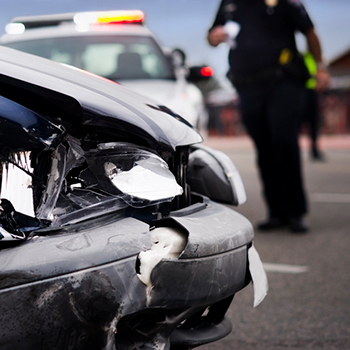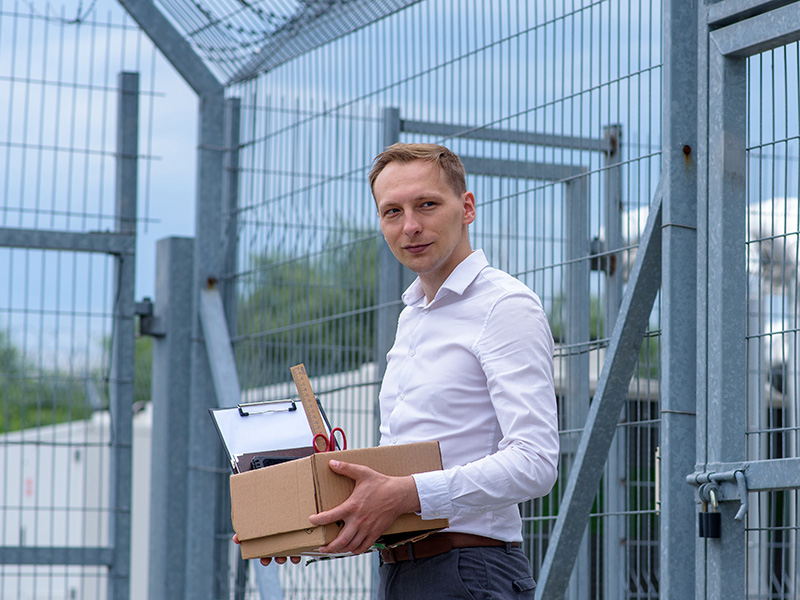Geospatial Mapping + Machine Learning = Lives Saved on Indiana Roads
Seeking a way to reduce the numbers and impact of motor vehicle accidents, Indiana State Police partnered with Resultant to create a vehicle crash prediction mapping tool that would help them better position resources to increase driver awareness for crash prevention and to speed up response times when accidents occur. To achieve this outcome, data science insights needed to be organic, constantly updated and refreshed, and available around the clock.
Data Unification: Not for the Faint of Heart
Data from diverse sources can be daunting to integrate; at Resultant, that’s our sweet spot. We gathered information about road classes and surfaces and historical crash data from the Automated Reporting Information Exchange System (ARIES), data pertaining to traffic volumes at various times of different days of the week from the Average Annual Daily Traffic (AADT) reports, and information related to population and business densities from the U.S. Census and County Business Patterns (CBP). We then integrated all of it into a custom machine learning algorithm to build the crash prediction map.
Data fed into the algorithm needed more than a little processing. We matched road segments to the United States National Grid (USNG) system polygons. Latitudes and longitudes of every historical crash location were mapped using a point-in-polygon technique. We then summarized attributes of roads and previous crashes for each one-kilometer grid square—which presented the first unique challenge of this project.
Finding Relevancy in Data Overload
Millions—yes, millions—of crashes have been recorded in Indiana, and they’ve happened on nearly every road in the state. Displaying all that data at once isn’t particularly helpful. A map including all crashes that have ever occurred wouldn’t leave enough differentiation among roads and intersections to provide useful insight.
To be viable, the solution needed to weight several aspects that could then identify the most relevant incidents to display. Factors like time of day, day of the week, severity of the crash, and how recently it occurred were among top characteristics that determined a crash’s initial inclusion in the map.
Leveling Data Fields
Crash data is uneven by nature. When crashes occur, responding officers thoroughly record numerous useful data points. But when no crash occurs, no data can be tracked, which makes it challenging to determine precisely why accidents happen—or not. We know exactly how many newly licensed drivers wrecked in the rain at night in 2014, but we have zero information about how many did not crash in those same circumstances because there was no incident to record.
Our data scientists came up with several baseline data points that could be uncovered from the past regardless of whether a crash occurred, then factored them into predictions of both crash and no-crash scenarios. Aspects such as speed limits, road network complexity, time of year, and construction or repair work were used to more evenly compare the two. Going forward, we can also incorporate real-time traffic, weather forecasts, and image recognition to accurately predict various outcomes.
Privacy in Other Geospatial Applications
Data privacy was not a concern for the crash prediction project as collisions are a matter of public record. For other geospatial applications, such as the Naloxone Administration Heatmap we built with Indiana’s Management Performance Hub (MPH) for the Indiana Department of Homeland Security (IDHS), we needed to preserve privacy while still revealing relevant location information.
Our geospatial masking algorithm provides the solution, obfuscating addresses enough to protect personally identifiable information while still giving a geographic view of where the hotspots are. Viewing approximate locations where naloxone has been administered to reverse an opioid overdose, first responders and public health officials can better strategize how to combat the opioid epidemic.
A More Informed View
Resultant has a strong track record of developing custom, novel solutions to our clients’ most challenging and complex problems, and our geospatial mapping techniques have far-reaching possibilities.
Geospatial mapping tools can turn millions of data points into actionable insight and display spatiotemporal results of machine learning models in a user-friendly map. They can save lives by informing policies and procedures for responding to vehicle collisions, opioid overdoses, or other public safety issues while remaining compliant with privacy regulations. Any time an accurate view of data-informed predictions in specific geographic areas is required, we can help.
Share:







